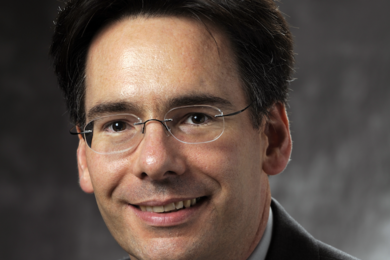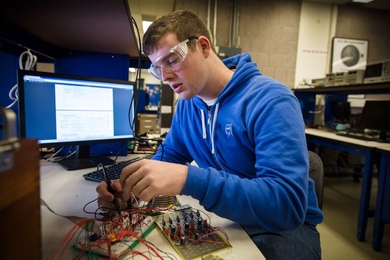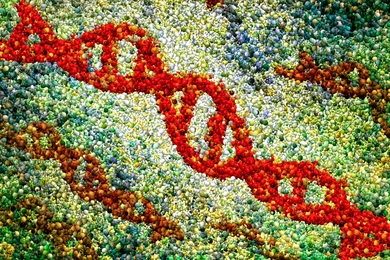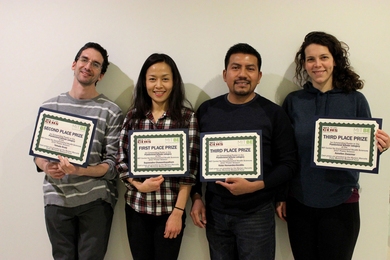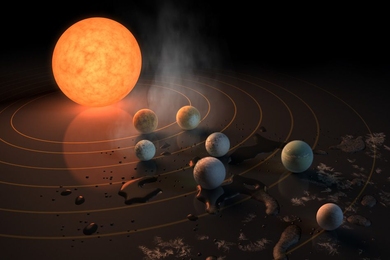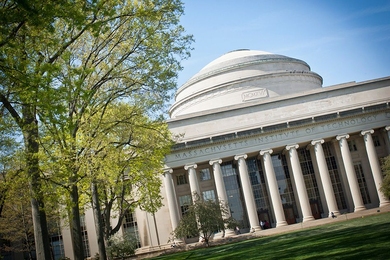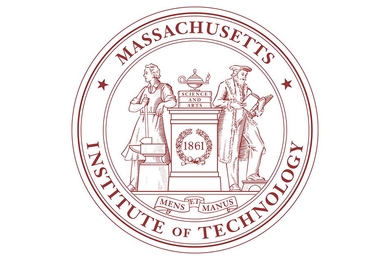MIT researchers create new form of matter
Supersolid is crystalline and superfluid at the same time.
Printing data-driven wearables that mimic nature
MIT lecturer Jessica Rosenkrantz writes programs mimicking processes in nature to "grow" objects that can be digitally fabricated.
Hong Sio: On the road for fusion
Ph.D candidate enjoys a range of fusion research from coast to coast.
3Q: Leora Cooper on the legacy of her grandmother, Mildred Dresselhaus
After Dresselhaus’ recent passing, GE invited PhD candidate Leora Cooper to walk the red carpet at the 2017 Academy Awards in her grandmother's stead.
3Q: Maria Zuber, daughter of coal country
MIT’s vice president for research describes how growing up in eastern Pennsylvania shaped her views on climate policy.
From football to physics
Zachary Hulcher, Marshall Scholar and offensive lineman, will study high-energy physics in the U.K.
3Q: Behind the scenes of the National Academy of Sciences' report on human genome editing
MIT professor and NAS report committee co-chair Richard Hynes gives insight into the report’s recommendations.
Center for Environmental Health Sciences selects 2017 poster winners
Annual poster session showcases recent work on biological effects of exposure to environmental agents.
3Q: Julien de Wit on the discovery of seven temperate, nearby worlds
Planets may harbor conditions suitable for sustaining liquid water — and thus life.
3Q: US patent office’s ruling on CRISPR
Charles Jennings of MIT’s McGovern Institute discusses the intellectual property dispute over the gene-editing technique.
Seven MIT researchers win 2017 Sloan Research Fellowships
Faculty from four MIT departments among 126 selected from across the U.S. and Canada.
Tiny fibers open new windows into the brain
Three-in-one design allows genetic, chemical, optical, and electrical inputs and outputs.
